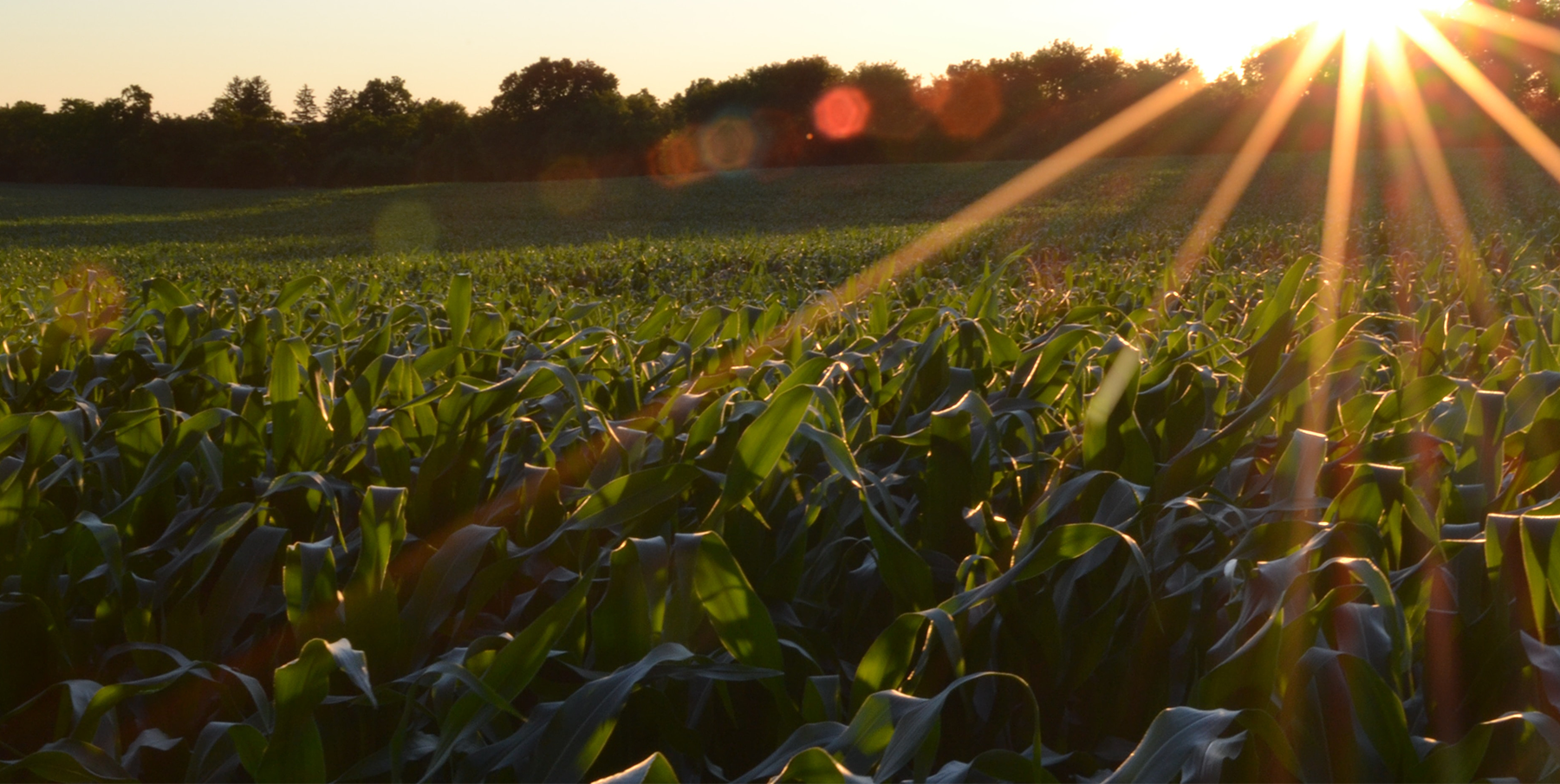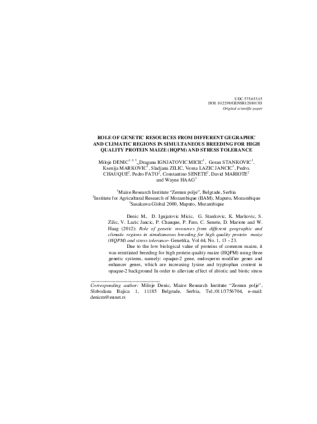Due to the low biological value of proteins of common maize, it was reinitiated breeding for high protein quality maize (HQPM) using three genetic systems, namely: opaque-2 gene, endosperm modifier genes and enhancer genes, which are increasing lysine and tryptophan content in opaque-2 background In order to alleviate effect of abiotic and biotic stress factors, the genotypes with tolerance to those factors were included. Genetic resources originating from North, Central and South America, then West, Central and Southern Africa and gene bank of Maize Research Institute “Zemun Polje” were used. Combining breeding approaches in selection of genetic resources, field plot techniques and laboratory analysis, it was created large number of early QPM varieties, inbred lines and hybrids with modified endosperm and high yield potential under poor and good growing conditions. Created lines exhibited high combining ability in conventional and non-conventional hybrids. Yield trials showed that QPM hybrids are competing with commercial hybrids of common maize.
Resource Type
Partner Collections Content
Category
Best Practice
Type
Document
Language
English
Description/Abstract
Copyright/Licence
Creative Commons – Attribution (CCBY)
Latest Resources
A comprehensive scoping and assessment study of climate smart agriculture (CSA) policies in Namibia
Agriculture climato-intelligente à Madagascar Climate-smart agriculture in Madagascar
Agronomic assessment of a taro-bambara intercrop under rainfed conditions
Approaches to Reinforce Crop Productivity under Water-Limited Conditions in Sub-Humid Environments in Sub-Saharan Africa







